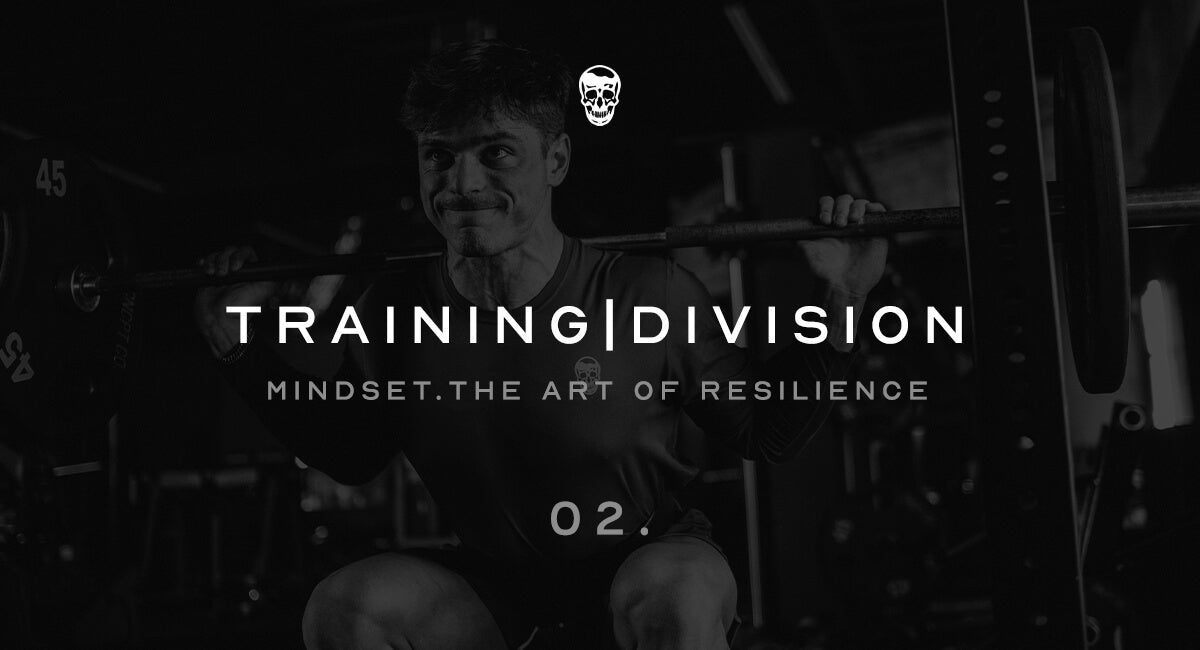How Do Weightlifting Belts Work?
Are you looking to take your lifts to the next level? Consider adding a lifting belt, such as a lever belt, to your arsenal. Weightlifting belts have long been a staple in the gym, but how exactly do they work? This post will explore three key mechanisms: intra-abdominal pressure, trunk muscle activity, and their impact on performance.
Why You Should Use a Weightlifting Belt
Selecting the right weightlifting belt is essential for optimizing performance, ensuring safety, and preventing injuries during heavy lifts. By considering factors such as belt type, material, size, gender-specific options, and thickness, lifters can make an informed decision. Gymreapers offers a diverse range of weightlifting belts, including the 10mm Lever Belt, 13mm Lever Belt, Single Prong Belt, 7mm Leather Weightlifting Belt, 6mm Weightlifting Belt, and Quick-Locking Belt, ensuring that every lifter can find the perfect fit for their unique needs and preferences. Remember to prioritize your specific requirements and choose a belt that provides the necessary support and comfort for your lifting goals.
What is Intra-Abdominal Pressure?
Intra-abdominal pressure (IAP) functions like an internal support system for your core. When bracing the core, such as during a Valsalva maneuver (holding your breath and tightening the abdomen), IAP increases, providing stability during heavy lifts. Wearing a weightlifting belt acts as an additional support, enhancing this pressure even further.
Studies have found that wearing a belt can significantly increase IAP during lifts, contributing to greater stability.
This boost in stability likely helps maintain proper form and may improve the efficiency of force transfer while lifting. Although researchers are still unraveling all the benefits of increased pressure, it is evident that IAP plays a crucial role in enhancing stability and potentially optimizing performance during weightlifting.
Key Points:
- Belts increase intra-abdominal pressure.
- Enhanced pressure leads to more stability.
- Stability aids in maintaining proper form.
- Improved force transfer during lifts.
- Studies support the use of belts for safety.
Related Article: How to Properly Use a Weightlifting Belt
Trunk Muscle Activity
The trunk muscles act as the foundation of the body, providing steadiness during lifts. Some studies using surface electromyography (sEMG) have found that wearing a belt does not significantly alter the activity of trunk muscles during weightlifting [2].
Interestingly, despite the minimal impact on muscle activity, many lifters report feeling stronger and more enduring when wearing a belt. Some studies support this perception [3]. Additionally, other research indicates that wearing a belt can increase intramuscular pressure (IMP) in certain muscles, such as those in the back, suggesting that belts might help in generating more force while lifting [4].
While the precise effect of belts on muscle activity remains unclear, weightlifting belts likely enhance performance by providing additional support and potentially aiding in power generation.
Key Points:
- Belts do not significantly change trunk muscle activity.
- Lifters feel stronger and more enduring with belts.
- Increased intramuscular pressure in certain muscles.
- Belts might help in force generation.
- Enhanced support during lifts.
Improving Training Performance
Direct evidence showing that weightlifting belts enable lifting heavier weights is limited. However, some evidence suggests that belts might contribute to improved performance. For instance, lifters often move weights faster and perceive the lifts as less challenging when wearing a belt [5].
While not all studies agree, many lifters report feeling more comfortable lifting heavier weights with a belt [6]. It appears that belts may help the body transfer force more efficiently, making lifts feel easier and more effective [5]. However, it's important to note that the effectiveness of belts can vary among individuals and exercises.
Key Points:
- Belts make lifting feel easier.
- Increased lifting speed with belts.
- Enhanced perception of strength.
- Improved force transfer efficiency.
- Varying effects based on individual and exercise.
Conclusion on How Weightlifting Belts Work
In summary, weightlifting belts work through three primary mechanisms: increasing intra-abdominal pressure, providing trunk muscle support, and potentially improving lifting performance. While belts offer notable benefits, they are not a universal solution. It is crucial to listen to your body, understand your individual needs, and consult with a fitness professional when considering incorporating a belt into your routine.
Cited Studies & Resources
Study [1]: Harman, E A et al. “Effects of a belt on intra-abdominal pressure during weight lifting.” Medicine and science in sports and exercise vol. 21,2 (1989): 186-90
Study [2]: McGill, S M et al. “The effect of an abdominal belt on trunk muscle activity and intra-abdominal pressure during squat lifts.” Ergonomics vol. 33,2 (1990): 147-60. doi:10.1080/00140139008927106
Study [3]: Holmström, E, and U Moritz. “Effects of lumbar belts on trunk muscle strength and endurance: a follow-up study of construction workers.” Journal of spinal disorders vol. 5,3 (1992): 260-6. doi:10.1097/00002517-199209000-00003
Study [4]: Miyamoto, K et al. “Effects of abdominal belts on intra-abdominal pressure, intra-muscular pressure in the erector spinae muscles and myoelectrical activities of trunk muscles.” Clinical biomechanics (Bristol, Avon) vol. 14,2 (1999): 79-87. doi:10.1016/s0268-0033(98)00070-9
Study [5]: Zink, A J et al. “The effects of a weight belt on trunk and leg muscle activity and joint kinematics during the squat exercise.” Journal of strength and conditioning research vol. 15,2 (2001): 235-40.
Study [6]: Fong, Shirley S M et al. “The influence of weightlifting belts and wrist straps on deadlift kinematics, time to complete a deadlift and rating of perceived exertion in male recreational weightlifters: An observational study.” Medicine vol. 101,7 (2022): e28918. doi:10.1097/MD.0000000000028918

















Leave a comment
All comments are moderated before being published.
This site is protected by hCaptcha and the hCaptcha Privacy Policy and Terms of Service apply.